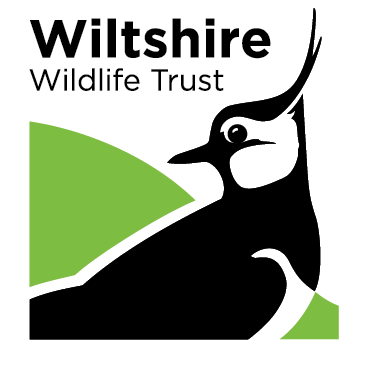Search
Search
Survey spectacular stag beetles this summer: Volunteers needed to record sightings of the UK’s biggest land beetle
The British public is being asked to keep an eye out for spectacular stag beetles this summer and record any sightings online, as part of a wildlife charity’s national Great Stag Hunt survey.
Wiltshire & Swindon Biological Records Centre
Mothing in Wiltshire
Robin Griffiths from Butterfly Conservation has been recording his sightings of moths for the past 50 years.
Sphagnum moss
Sphagnum mosses carpet the ground with colour on our marshes, heaths and moors. They play a vital role in the creation of peat bogs: by storing water in their spongy forms, they prevent the decay…
Great white egret
As the name suggests, this tall, white heron is considerably larger than the similar little egret. Once a rare visitor to the UK, sightings have become more common over the last few decades, with…
Do you need help identifying a beetle?
Marc Arbuckle, county recorder for Coleoptera, tells us about beetles and how you can record your sightings.
Flies
Marc Taylor, local dipterist expert, tells us about flies in Wiltshire and how to record your sightings.
Give the Gift of Nature This Christmas: An Invitation to Connect
This Christmas, amidst the rush of shopping and celebration, we invite you to pause and embrace a deeper, more lasting form of giving: the Gift of Nature.
Update Your Personal Information
Common comfrey
The drooping, tubular, pink flowers of Common comfrey are a familiar sight to many gardeners. Sometimes considered a 'weed', this hairy plant can be used as an organic fertiliser and a…
Common milkwort
The dark-blue flowers of Common milkwort pepper our grasslands from May to September. It can also appear in pink and white forms.
